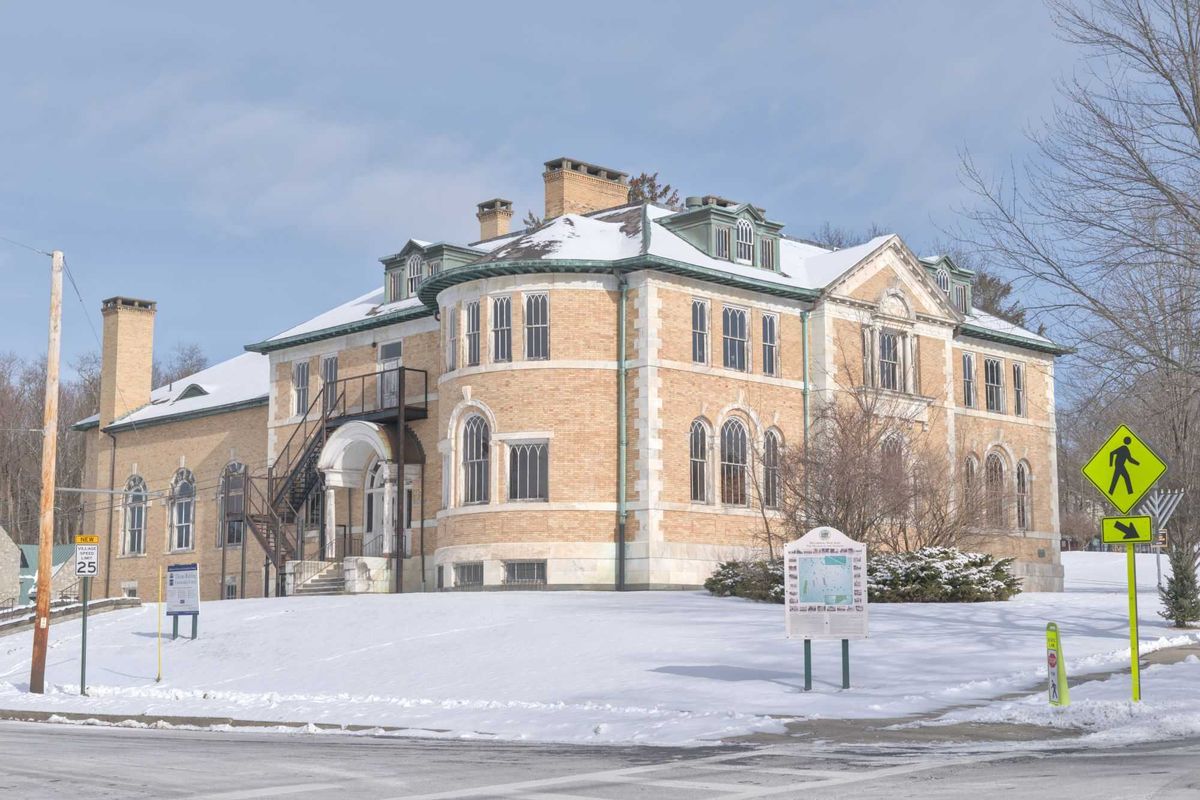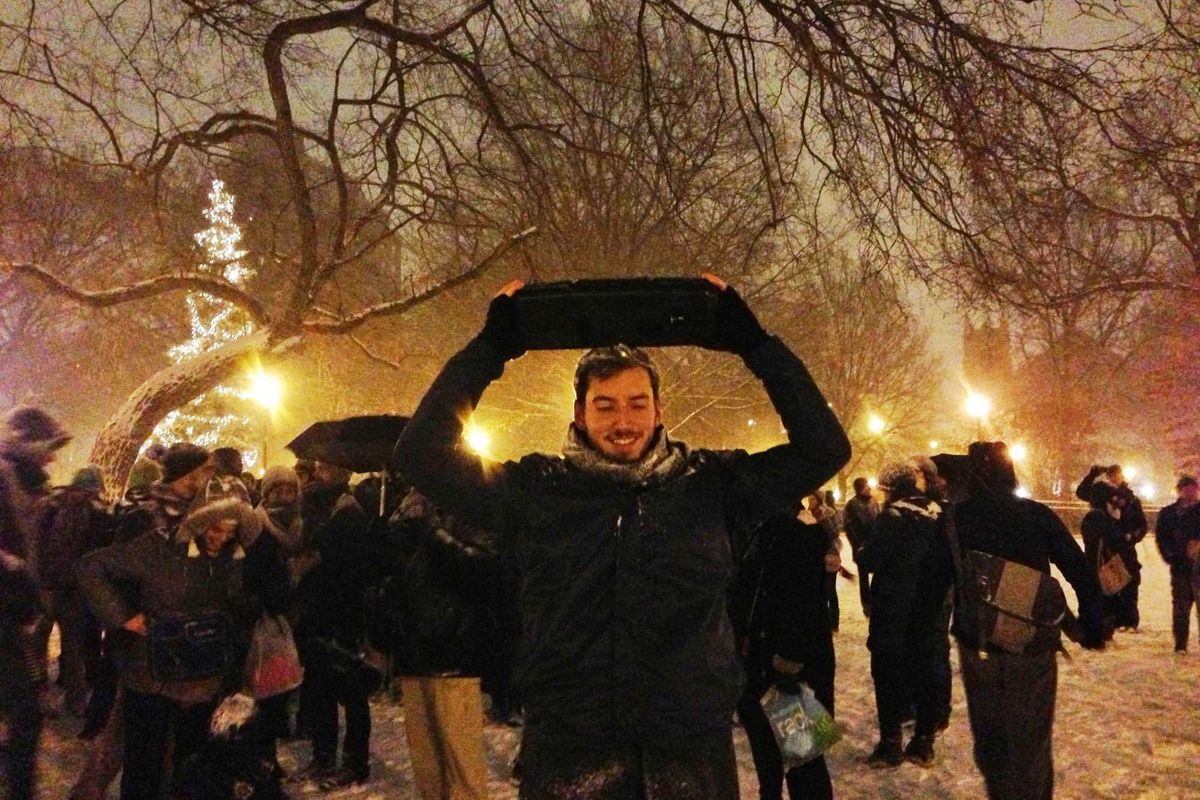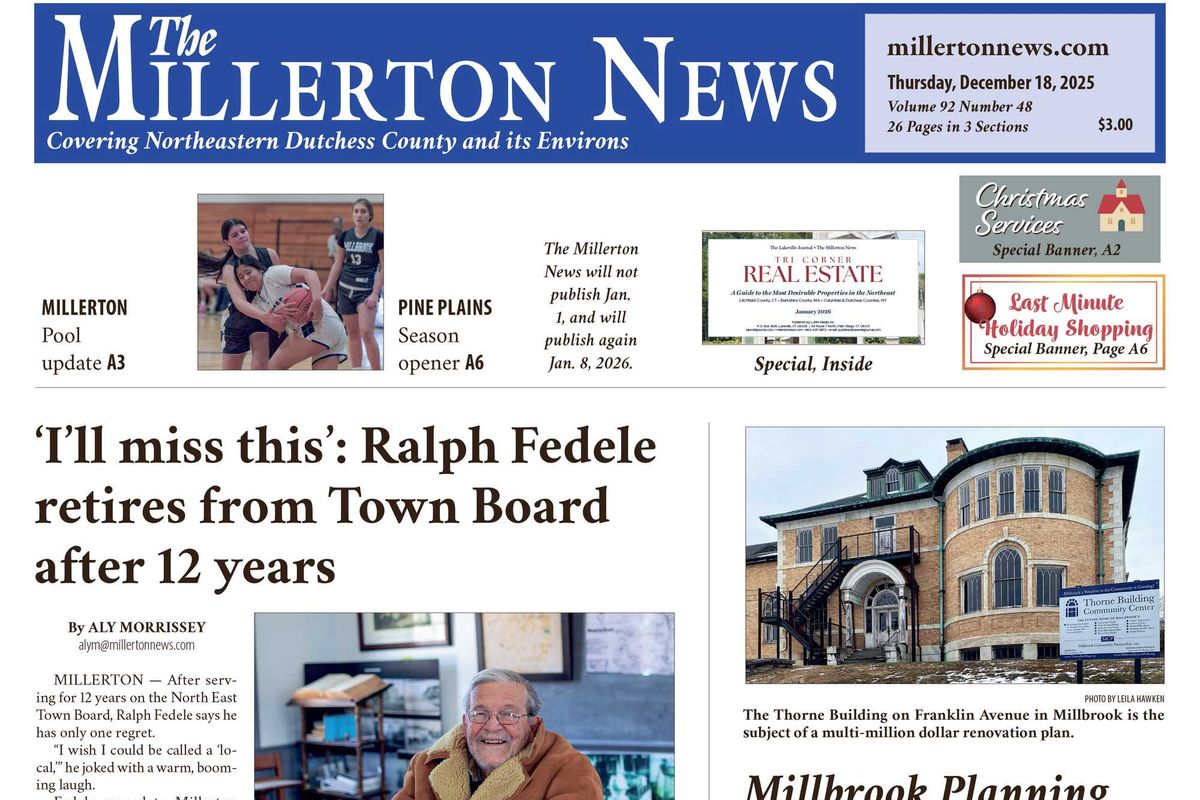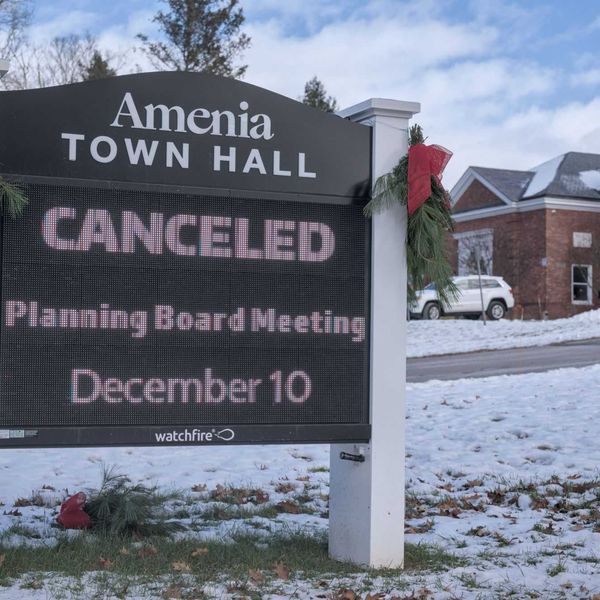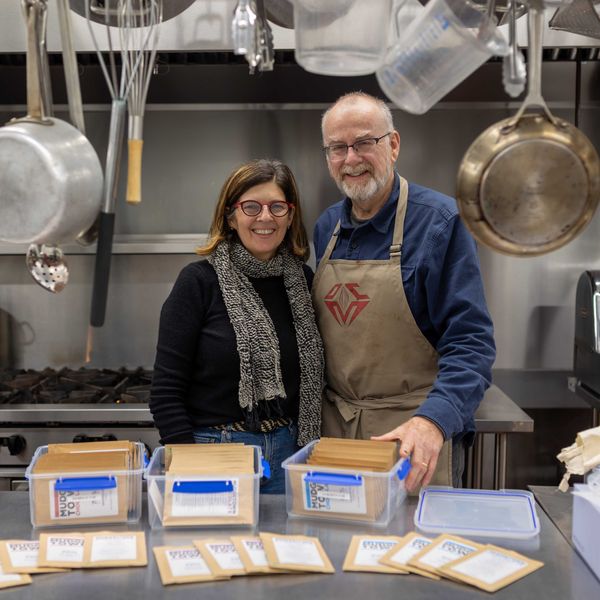Durst proposes 237-lot subdivision with 11-acre lots
Pine Plains development moves forward after two decades
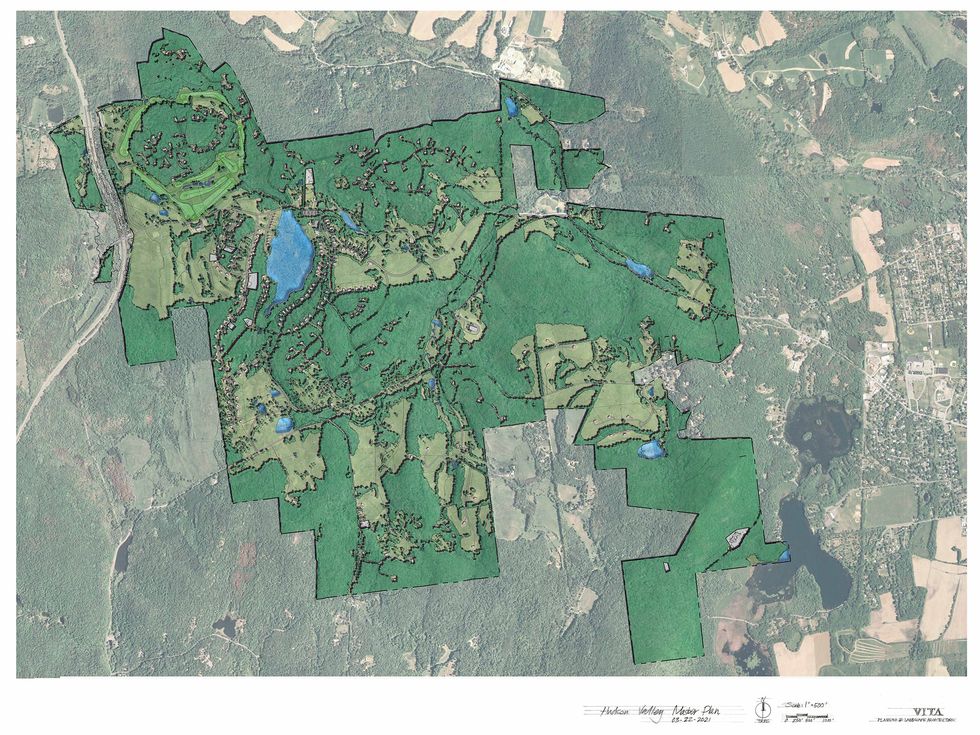
Representatives from The Durst Organization shared the above sketch plan for the proposed conservation subdivision of its 2,655-acre property west of the main hamlet of Pine Plains at the Planning Board meeting on Wednesday, April 14. Photo submitted




